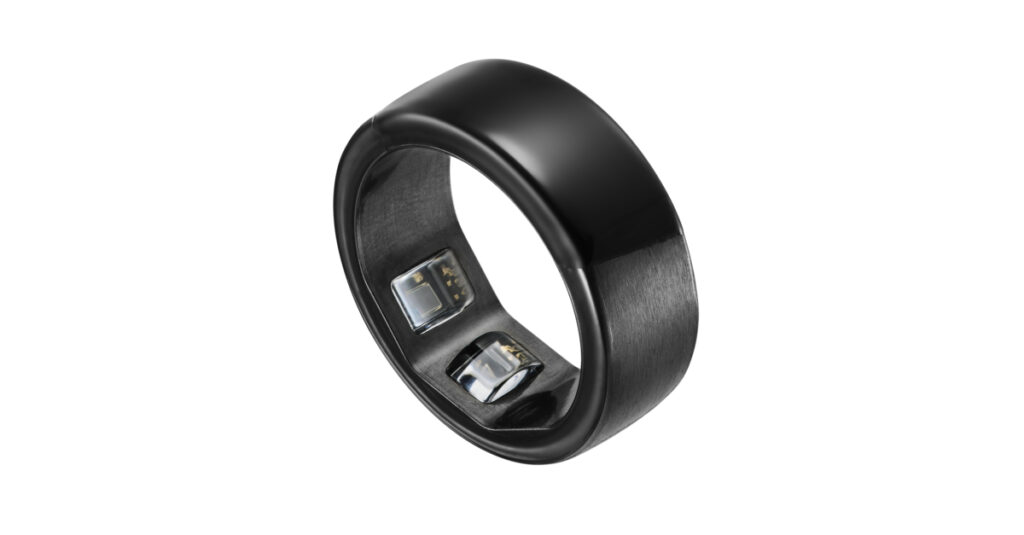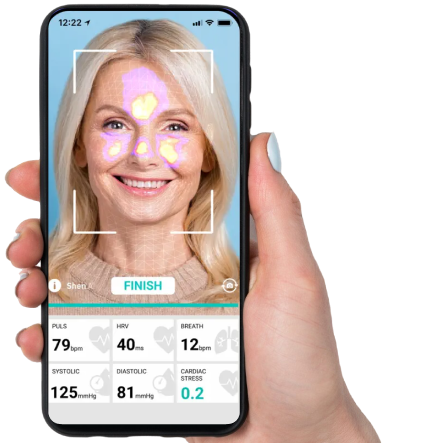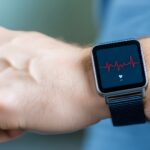Please read our interview with Mr Jack Lee, the Founder and the CEO of the Korean Sky Labs. Mr Lee is an expert in signal processing systems. Prior to founding Sky Labs, he was a a senior R&D engineer at Samsung Electronics R&D. Mr Jack Lee developed CART BP, a smartring that measures blood pressure continuously. South Korean healthcare professionals are now testing the ring in hospitals as an alternative device to the traditional 24h blood pressure monitoring. Mr Lee’s ring won’t let a patient feel anything while it measures the blood pressure. Therefore it is no hindrance to sleep.
Blood pressure wearable monitor’s approval process
Sky Labs CART BP has been approved as a medical device in South Korea. Sky Labs has applied for approval both in Europe and in the USA. The European approval is expected later this year. We may then see the blood pressure ring by Sky Labs available to people with high blood pressure who live in the EU.
In the USA, the regulatory and clinical acceptance of wearable blood pressure monitors is an ongoing process. The Omron HeartGuide is the only FDA-cleared blood pressure medical-grade watch. The potential FDA clearance for Sky Labs will be a significant step towards the broader acceptance of wearable technology for blood pressure monitoring.
Significance of blood pressure wearable monitors
The development of wearable technology for blood pressure monitoring have been a significant focus in the field of digital health. Wearables such as a ring aim to provide users with a convenient and efficient way to track their blood pressure levels. Potentially it may improve the management of hypertension and cardiovascular health.
Wearable technology for blood pressure monitoring represents a promising area of digital health, with the potential to revolutionize how individuals manage their cardiovascular health. While there are challenges related to accuracy, calibration, and clinical acceptance, ongoing research and development efforts continue to address these issues. As wearable technology evolves, it is likely to become an increasingly integral part of hypertension management and cardiovascular health monitoring.






